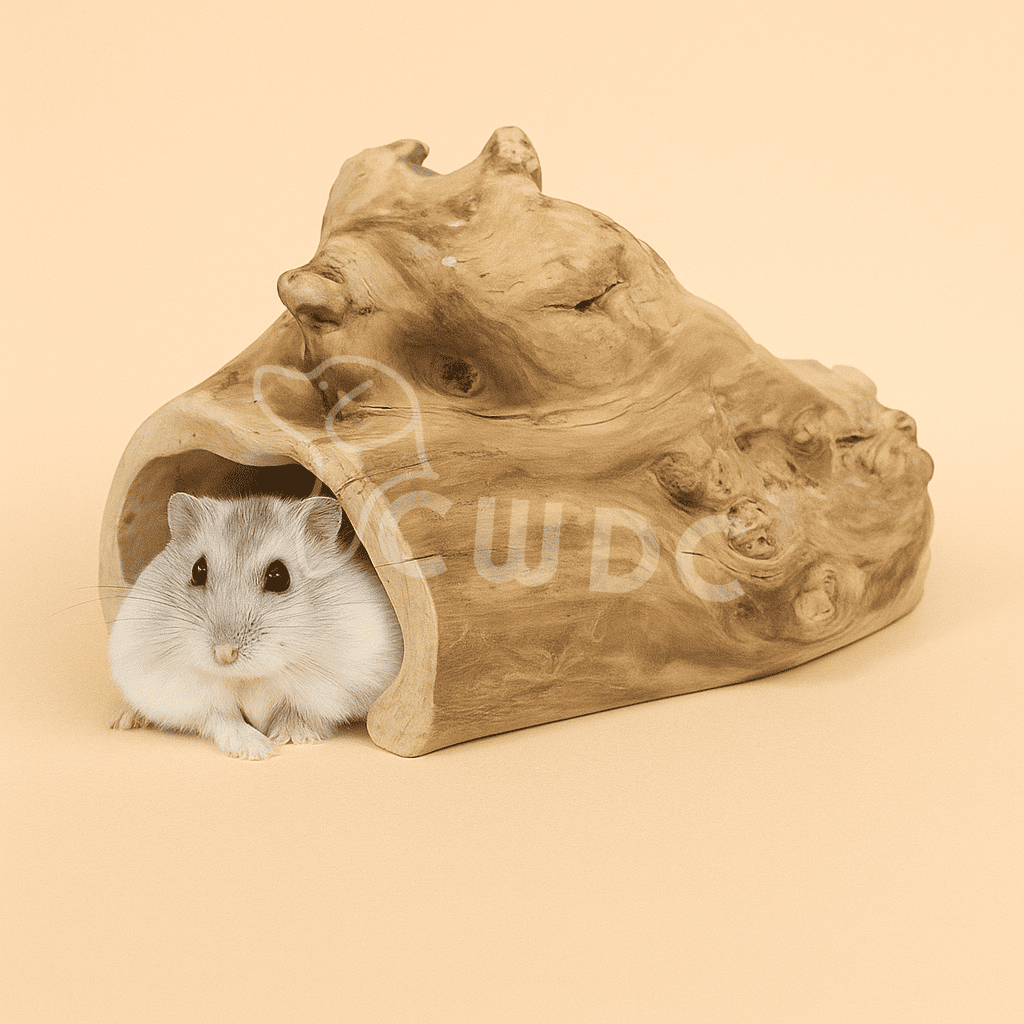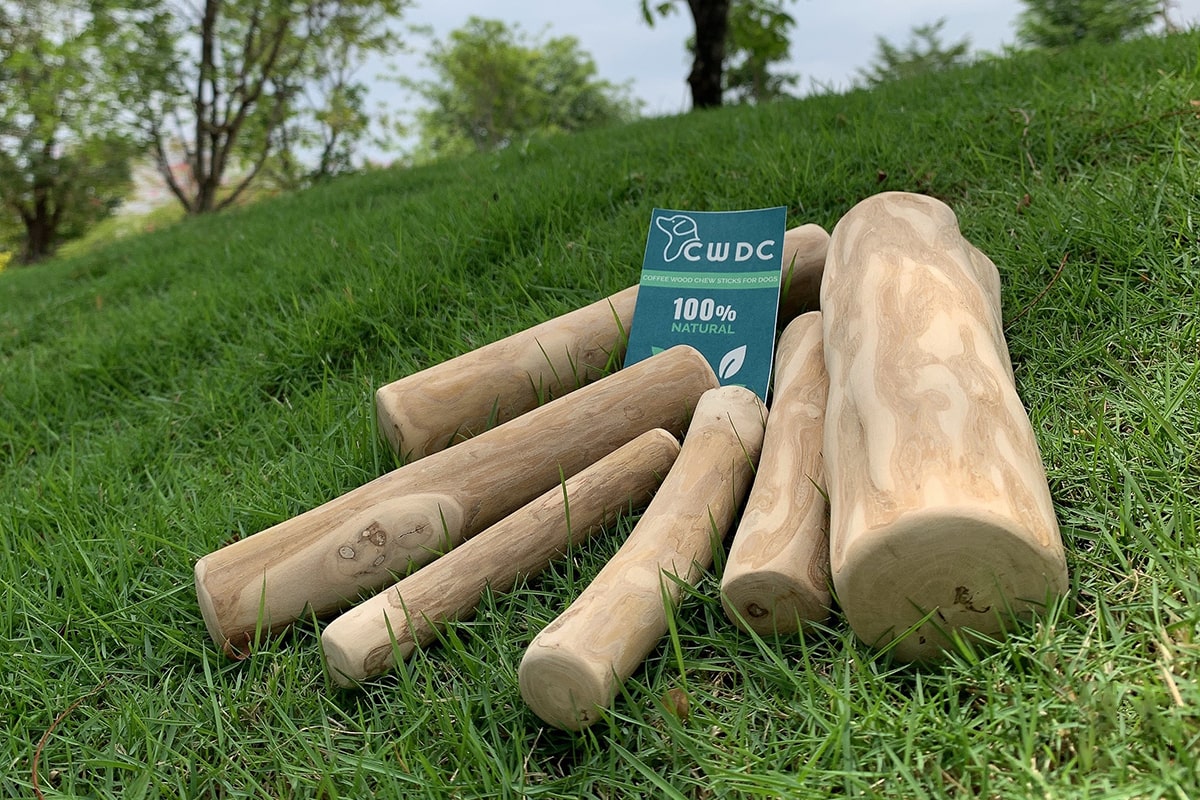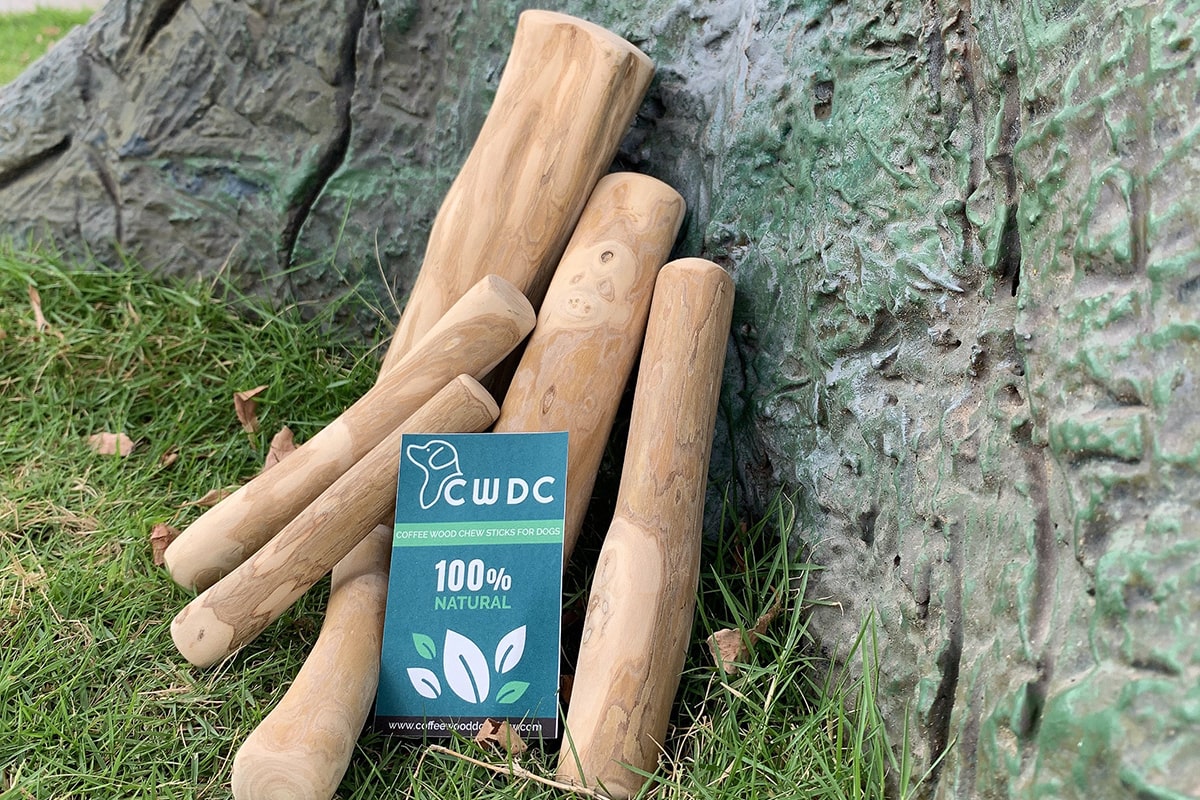Java wood tunnels and hideouts sit at the sweet spot where habitat design, animal welfare, and natural aesthetics meet. As an expert who’s worked with natural-wood pet products and habitat design, we will break down why these pieces perform so well, how to choose and prepare them, and exactly how to use them to improve the lives of both hamsters and reptiles. This is more than a product description, it’s a practical, field-tested guide and analysis.
1. What makes Java wood special
- Origin & character: Java wood used for tunnels and hideouts typically comes from older, non-fruit-bearing coffee trees. The trunks are often naturally hollowed and full of knots, curves, and passageways, features that create ready-made hideouts.
- One-of-a-kind aesthetics: Every piece is unique: grain, knots, and holes produce organic shapes that no synthetic product can replicate.
- Tactile and durable: Java wood is generally dense and hard enough to withstand chewing, climbing, and regular use, while still offering the warm, tactile surface animals like to interact with.
2. Functional benefits, not just pretty décor
Java wood isn’t “just” beautiful. Its properties translate directly into animal welfare advantages:
- Stress reduction and security: Hollow logs mimic natural refuges. A secure hide reduces cortisol-driven stress behaviors: less pacing, less glass-watching, more restful sleep.
- Behavioral enrichment: Natural textures, irregular tunnels, and climbable knots encourage species-typical behaviors: burrowing and gnawing in hamsters, ambush and thermoregulation behavior in reptiles.
- Thermal and light modulation: The wood provides shaded microclimates inside the hide, important for crepuscular/secretive species and for reptiles that need a cool retreat away from heat lamps.
- Durability and longevity: When sourced and prepared correctly, Java wood resists rapid degradation and gives long service life compared to thin bark hides or flimsier synthetics.
3. Species-specific considerations (practical advice)
Not all hides are one-size-fits-all. Use these heuristics rather than fixed rules:
a) Hamsters
- Dwarf hamsters: choose smaller tunnels with entrances ~3–5 cm in diameter and short runs to prevent entrapment.
- Syrian (golden) hamsters: require wider openings (~6–8 cm) and larger internal volumes to nest comfortably.
- Hamsters will chew: this is natural. Monitor for sharp edges or large splinters.
b) Reptiles
- Arboreal geckos and crested geckos: prefer tall hides with multiple entry points and some vertical surface for climbing and adhesion.
- Terrestrial species (bearded dragons, uromastyx): need roomy hideouts that allow full-body retreat and thermoregulation.
- Snakes: use hides that are snug enough for secure coiling; the hide’s entrance should be about the diameter of the snake’s widest point.
- Humidity-sensitive species: choose positioning carefully — Java wood can absorb moisture; for high-humidity enclosures monitor for mold and switch hides or increase ventilation if needed.
(These size suggestions are approximate, measure your animal’s girth and movement to confirm fit.)

4. Safety, preparation, and conditioning
A great natural hideout must be prepared properly. These are the recommended steps:
- Inspection & cleaning: Remove loose debris, sawdust and insects with a stiff brush.
- Pest control & curing: Air-dry thoroughly to reduce pests, avoid high-temp burning that cracks the wood.
- Sanitization: If disinfecting, do so carefully (e.g., gentle soap + water, white vinegar rinse). If stronger disinfectants are used, rinse thoroughly and air-dry completely to remove residues. Never leave chemical residues that animals could ingest or inhale.
- Sanding & smoothing: Sand any razor-sharp splinters or jagged edges, especially around entrances. Leave the natural texture otherwise, animals benefit from some roughness for gripping.
- Finish: Many caretakers prefer a natural, untreated finish so the wood remains chewable and breathes. If a finish is applied, use only pet-safe, non-toxic sealants designed for animal enclosures.
5. Placement & habitat design, maximize benefit
How you place the hide makes a huge difference:
- Multiple refuges: Offer at least two hide spots: one in a warmer zone, one in a cooler/shaded zone, so reptiles can thermoregulate without exposure. Hamsters benefit from a cozy nesting hide plus open tunnels for running.
- Integration with substrate & décor: Position tunnels partly buried or surrounded by substrate to simulate natural burrows. Pair with branches, cork bark, and live (pet-safe) plants for a layered habitat.
- Vertical use: Use thicker, longer Java logs mounted or propped for climbing species. Their knots and holes create natural footholds.
- Observation stealth: Place hides where the animal can retreat from view, a stressed animal needs a completely secluded retreat sometimes.
6. Care & maintenance schedule
- Daily: Quick spot check, remove droppings near entrances, check for active mold or pests.
- Weekly: Surface wipe-down with mild soap/vinegar solution if needed; allow to dry fully.
- Monthly: Inspect for deep cracks, rot, or structural wear. Replace if it shows significant decay or if the animal begins chewing it into unsafe shapes.
- Mold remediation: If mold appears, remove hide and isolate; scrub with vinegar solution, rinse thoroughly, and sun-dry completely before returning (if salvageable). If mold recurs, replace the piece.
7. Durability trade-offs & what to expect over time
- Chewing and wear: Hamsters will gnaw, expect progressive abrasion. Reptiles will generally cause less surface wear but can contribute to scratches and scales catching on jagged points.
- Moisture & rot: In very humid setups, untreated wood may slowly degrade. Good ventilation and rotating hideouts prolong life.
- Aesthetic aging: One of the delights of Java wood is its evolving patina, a piece often looks even more natural and integrated after months of use.

8. How Java wood stacks up against alternatives (short comparison)
- Java Wood vs Synthetic Hides: Synthetics are uniform, easy to clean, and cheap, but lack the tactile complexity that drives enrichment. Java wood wins for behavioral value and natural aesthetics.
- Java Wood vs Cork Bark: Cork is lightweight and modular; Java wood is more solid and sculptural. For large animals or climbing designs Java wood offers more substantial structure.
- Java Wood vs Driftwood/Branches: Driftwood can be decorative but isn’t always hollow or shaped for hideouts. Java wood natural hollows make it uniquely useful as both tunnel and refuge.
9. Product selection checklist
When choosing or marketing a Java wood tunnel/hideout, evaluate:
- Sourcing transparency (age of tree, treatment)
- Entrance size and internal volume vs target species
- Smoothness of entrances (no sharp splinters)
- Statement on chemical-free, untreated finish (if applicable)
- Return policy or satisfaction guarantee for live-animal use
10. Practical enrichment ideas & use cases
- Layer nesting material (paper or hay) inside hamster tunnels for cozy nests.
- Hide a thermostable heat-mat on one side of a reptile hide to create warm refuge options (ensure safety).
- Combine multiple sizes of Java log pieces to create a “cavern network” for exploratory species.
- Use the hollow sections to stash food/forage to encourage natural foraging.
11. Troubleshooting & FAQs
Q: My pet chews the wood, is that bad?
A: Small chewing is normal for hamsters and generally safe; watch for large splinters and remove if the piece becomes unsafe.
Q: I found mold, can I salvage the hide?
A: Small surface mold can sometimes be cleaned and re-cured; persistent or deep mold means replacement.
Q: How often to replace?
A: No fixed lifespan, replace when structural integrity is compromised, when mold recurs, or when chewing creates sharp edges.
12. Conclusion: Why Java wood is a top-tier choice
Java wood tunnels and hideouts succeed because they answer multiple needs at once: they provide measurable welfare benefits (security and enrichment), they are visually and texturally appealing for human caretakers, and when sourced responsibly they represent a sustainable upcycle of trees that have completed their productive life. For habitat designers and conscientious pet owners, Java wood is not a novelty, it’s a functional tool for creating healthier, more naturalistic environments.
Related Posts:
- Java (Coffee) Wood Tree Bird Perch / Artificial Java (Coffee) Tree Plant for Home Decor Indoor or Outdoor Office…
- Are coffee wood chews safe for dogs ? A Comprehensive Look
- Coffee Wood from Vietnam: The Ideal Material for Dog Chews
- Java Wood Bird Stands: Aesthetic and Functional Benefits for Your Home
- Why Do Dogs Chew on Furniture, Shoes, and Other Household Items?
- Coffee Wood Toy - The Advantages of a Farmer's Workforce in the Central Highlands of Vietnam









